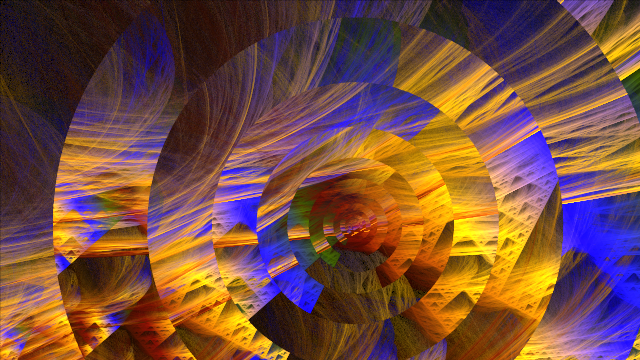Manual RenderQualityFlameFractals
Introduction
Even if the construction of flame-fractals can be very easy, it may be a challenging task to get a visually appealing rendered image. Often, there is too much noise in some parts of the fractal, while other parts lack detail or have too many jagged edges etc.
JWildfire has numerous options to control the render-quality, but there are really many options, and not all apply to all types of fractals in the same manner. Hopefully, this article will help you to understand what all those options do and how to use them to increase the quality of your fractal.
All the options, we talk about, are located at the "Anti-Aliasing / Filter"-tab.

Spatial oversampling
Spatial oversampling is probably the most powerful tool to increase the level of detail of your fractals. It works in a similar way as many artists also create their digital images: they create their image at higher resolution and scale it finally down using some clever algorithm/software. The result usually looks better than it would have, when created at the original size.
The spatial-oversampling-setting in JWildfire is an integer setting. A value of 1 means to render internally at original size, a value of 2 to render at double size, etc.
===Example 1: Spatial oversampling 1
